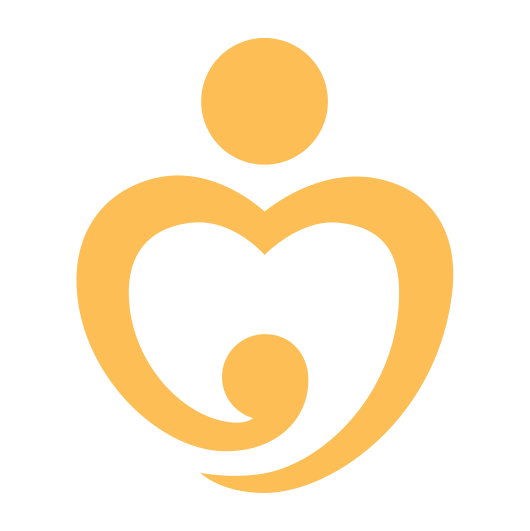Q1 Report 2024
January - March
Dear One Heart friends,
As I write to you today, I am celebrating one year of working at One Heart and reflecting on my recent trip to Nepal. In March, I flew to Kathmandu to meet our team in person and see their work firsthand. It was my first time in Nepal, but definitely not my last.
One thing is to read the reports I receive from our team, but it is another thing to see how our program impacts women, infants, and communities on the ground. The team brought me on fieldwork visits to Rautahat, Sarlahi, and Mahottari in the Terai region of Madhesh Province. While there, we met with dozens of elected officials and health administrators, who invariably received us with warm smiles, flower garlands, tika, and delicious snacks. During these meetings, I could grasp for the first time the magnitude of the work that goes into strengthening Nepal’s maternal and neonatal health system. Over cup after cup of masala chai (spiced Nepali milk tea), I watched as my colleagues and our government partners discussed challenges, debated possible solutions, and built consensus.
We visited several health facilities that One Heart had upgraded and others that we hadn’t, which illustrated in black and white the importance of our work. I also met several female SBAs and health workers and attended a community meeting for mothers. When not at work, I enjoyed the opportunity to get to know my Nepali colleagues better: On long car rides and over shared plates of dal, we shared stories of how we ended up in this line of work, and they told me their vision and dreams for MNH care in Nepal.
Partners like you are helping to make these dreams a reality. All the progress and innovation I saw at our program sites in Nepal would not be possible without your support. So, on behalf of the team, I’d like to extend a heartfelt dhanyabad to all of you.
Warm regards,
Margaux Charpentier
Grants Manager

Program Highlights
-
In response to the November 2023 earthquake that devastated Jajarkot and Rukum West, we are accelerating our usual one-year setup phase in Jajarkot to address the urgent needs of pregnant women and their children in that district. We conducted the activities we usually carry out across Year 1 of our model in the first quarter of 2024, with a plan to begin full program implementation in Q2. We are continuing to provide support to our municipal partners in those districts. In January, a representative from the German Embassy in Kathmandu accompanied our team to the field to monitor our earthquake response. In March, following a careful needs assessment, our team supported 10 health facilities (seven in Jajarkot and three in Rukum West) with necessary medical equipment and distributed 75 stretchers across five of the affected municipalities.
-
We began implementing our new project, creating simulation-based training laboratories in referral hospitals across five of Nepal’s seven provinces. This project is generously supported by the U.S. Agency for International Development (USAID) American Schools and Hospitals Abroad (ASHA) Initiative. In Q1, we finalized the needs assessment tool for the program and research, conducted courtesy visits to each site, and worked with the hospitals to decide upon the space for lab installation. We also held three meetings with our partners at the USAID Mission in Nepal to discuss the scope of the work and progress made. Additionally, our partners at The Laerdal Foundation have generously awarded us a grant to fund a more in-depth assessment of the effectiveness of the simulation labs. This quarter, we undertook consultations to finalize the research protocol, develop tools, and collect documents from the investigators.
-
Partner monitoring visits were conducted in Rukum West, Bara, Mahottari, and Dailekh. All partners were found to be implementing planned activities in line with our implementation guidelines. During these visits, special consideration was given to programs such as health facility quality improvement, school health, and Health Facility Operations and Management Committee (HFOMC) training. We also conducted several mentoring sessions to prepare action plans for the period post-implementation. These monitoring visits revealed that, in some circumstances, the vast geographical distances between our intervention sites can dilute our impact. This is due to the high volume of intervention sites that must be reached with limited resources. During our visits with partner NGOs, we suggested that they identify several strategic BCs (prioritizing those with high catchment populations or service utilization, for example) and focus our efforts there in order to see improved results.

Increasing Our Program Visibility
To commemorate International Women’s Day, we organized a high-profile panel discussion on the comprehensive healthcare challenges and progress for women in Nepal. The hybrid event, held in Kathmandu, was moderated by renowned journalist Anita Bindu and featured a panel of prominent experts representing various sectors. The panelists included Dr. Usha Jha (former National Planning Commission member), Dr. Sangita Mishra (Director General of Health Services), Mr. Kewal Bhandari (Secretary of Labor Ministry), and Ms. Sharu Joshi (women’s rights advocate). The discussion aimed to raise awareness about key women’s health issues, such as maternal health, reproductive rights, mental health, and access to quality healthcare, especially in rural areas.
Through engaging discourse and audience interaction, the panelists spotlighted field experiences, shared insights from diverse professional backgrounds, and advocated for increased investment, community participation, and promotion of gender equality in healthcare. Significant emphasis was placed on the health rights of marginalized women and the need for collaboration between government, civil society, and healthcare professionals.
This event drew a substantial audience, with over 400 people participating in person and virtually via Zoom and Facebook Live. A total of 3,700 participants joined from all seven provinces of Nepal and the Nepali diaspora in nine countries. The audience was 60% women and 40% men and comprised a diverse age group ranging from 17 to 65+.
The event served as a powerful reminder of the ongoing struggle for gender equality in healthcare and the collective responsibility to address the unique challenges faced by Nepali women. It provided a platform for experts to share their perspectives, advocate for policy changes, and inspire positive change toward achieving sustainable development goals related to women’s health in Nepal.














Research & Development
-
The final report on our pilot of the SBMP has been drafted, and findings were disseminated to the stakeholders of all four districts (Sarlahi, Udayapur, Dolakha, and Myagdi) where this study was carried out. A statistically significant increment was found in the intervention group participants’ knowledge, confidence, and skills scores 4 to 6 months after the SBMP intervention. Among the intervention group participants (n=133), the overall knowledge score increased from 67% in the baseline to 90% in the end line; overall skills score increased from 42% in the baseline to 92% in the end line; and overall confidence score increased from 70% in the baseline to 80% in the end line (p<0.001). Our team is very proud of these overwhelmingly positive results and hopes they will provide the necessary momentum as we expand the SBMP across all our active program districts.
-
In February, we shared our experience, lessons learned, and the challenges in tracking pregnancies with the Amakomaya mobile app at the national-level consultative meeting organized by the app’s developers. Alongside our implementation partners from the Pokhara Metropolitan government, Birendranagar Municipality, and the Midwifery Association, we made a number of recommendations, including strengthening the data recording and reporting system and conducting workshops with other government partners to scale this project to other sites.
-
In February, we shared our experience, lessons learned, and the challenges in tracking pregnancies with the Amakomaya mobile app at the national-level consultative meeting organized by the app’s developers. Alongside our implementation partners from the Pokhara Metropolitan government, Birendranagar Municipality, and the Midwifery Association, we made a number of recommendations, including strengthening the data recording and reporting system and conducting workshops with other government partners to scale this project to other sites.
-
Our baseline survey in Rautahat in 2022 found the existence of clusters with high rates of home delivery. In response, we implemented additional community mobilization activities in those clusters to encourage delivery at local health facilities. While we have long been conducting such activities, we do not have hard data on their effectiveness within our overall program. We have therefore developed a study protocol to assess the effectiveness of two of our interventions (interaction programs with pregnant women by health workers and home visits by community mobilizers). The study protocol has been submitted to the Nepal Health Research Council for ethical clearance, and fieldwork will begin following their approval.
Niraj’s Journey: Uplifting Maternal and Neonatal
Niraj Bhattarai is the Program Coordinator of Dalit Development Society, an OHW partner organiation in Salyan District. This quarter, Naresh Newar sat down with Niraj to learn about his journey through the public health field in Nepal and his work with One Heart.
Check Out What We’re Reading This Quarter
Rebirth and rebuilding in the ruins - Nepali Times Article
Poverty killed a mother, not the quake - Nepali Times Article
Grass is greener overseas for Nepal's doctors - Nepali Times Article
Why the women’s health gap exists – and how to close it – according to experts at Davos - World Economic Forum Article
Saving more mothers and babies - Nepali Times Article
In Numbers We Trust - Stanford Social Innovation Review Article
Nonprofits and Governments Are Looking for Love - Stanford Social Innovation Review Article






